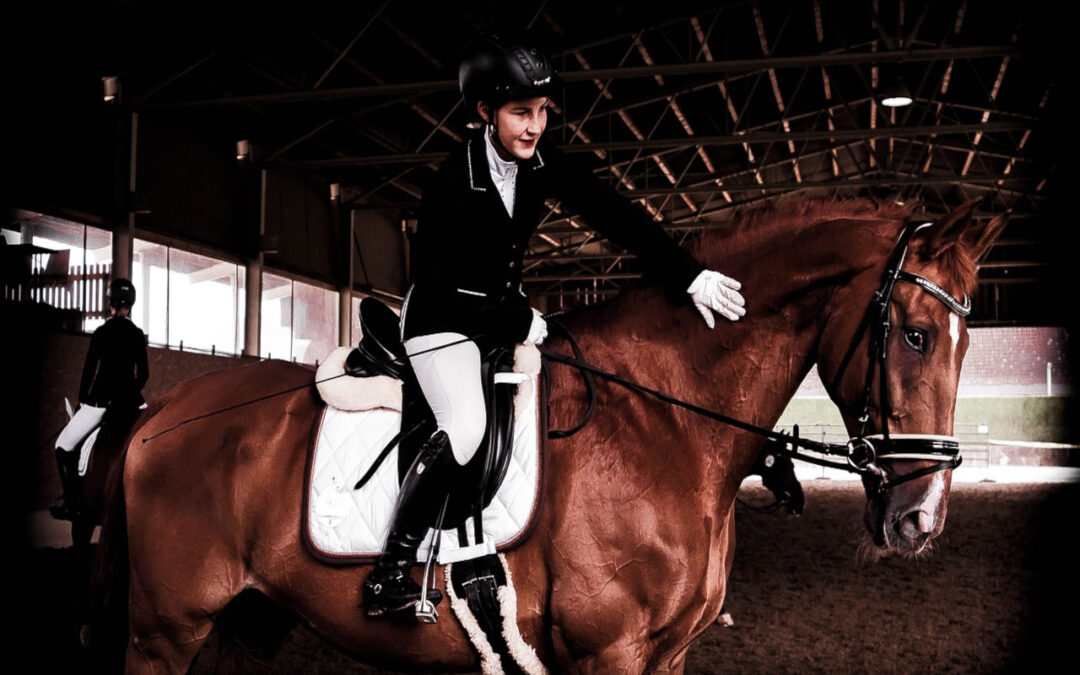Horsemanship can be easy if you know some guidelines. In this article, you will find helpful guidelines that you can use in horse training.
Some horses are easily trained, while others are extremely difficult to handle. There should be eagerness on the part of the horse, and it will depend on the situation. For instance, if you got the horse during its infancy, it will be easier to train as compared to a wild and older horse. Therefore, you need to look for training techniques that are suitable for the horse that you’re handling.
Horses have various uses. You can use the horse for transportation, therapeutic ventures, sporting activities, and farm operations. If you’re raising a small horse, make sure that you provide all the skills required like desensitization, longing, driving, and biting. Your horse needs to learn these things before you introduce riding lessons.
During the training process, familiarization is vital. Let your horse see the riding gear for familiarization. Start with the basic commands like turn around, stop, and go. When teaching commands, you can start with the ‘shhh’ sound. The sound is an effective way to reprimand the horse. Repetition is needed if your horse does not learn easily.
The diet is important, and you must pay attention to what your horses eat. If your horse is hot-blooded, you need to give it food with less protein. Overfeeding can make your horse ‘high.’ Get a bucket for your horse and use it when feeding because it’s not a good idea to feed it with your hand.
After you’ve established trust, you can now ride your horse. All your mind’s wishes will be transmitted to your horse’s mind when you’re together. There are even times when you hardly use the rein to steer or stop the horse. Never kick your horse because simple body language can tell your horse to go.
If you’re handling spooky horses, you should be extra careful because they lack experience and confidence. You need to be very confident if you want to train a spooky horse. You can turn your horse’s fear into an asset if you employ the proper training techniques. If you have another horse, preferably a calm one, you can use it to settle the spooked horse. If the horse is dealing with a problem, try to distract it because the horse is like a child having a tantrum.
Horse trainers encounter different problems during the training. Oftentimes, the problem is a result of ignorance or fear. You must have empathy and patience. Determine the fear of your horse and help him lovingly. If you’re dealing with a willful defiant horse, you should appropriately reprimand him so that he will feel uncomfortable. If the horse runs away from you, don’t scare it by acting as a predator; instead, approach him softly with non-threatening eyes.
If you want to trim or shoe your horse, massaging the foot is a good idea. You can also show your care by warming him up a little first in cold weather.
These horse training guidelines will be able to help you somehow. Here’s the question to answer before you start horse training – do you have a new horse or one from infancy? After answering this question, you can now use the appropriate training techniques.


